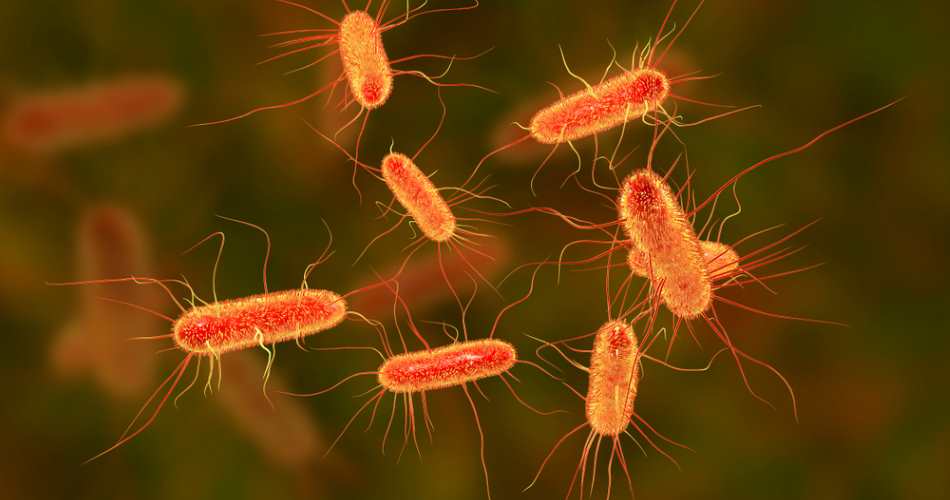Miracle Cure D‑Mannose
Years ago, when I was still battling urinary tract infections, hardly anyone knew about this miracle cure. It was only in 2013 that a Croatian study involving 308 women made urologists and those affected sit up and take notice.
The study results after six months were truly sensational: Only 15% of the D-Mannose group had a recurrence, compared to 20% in the antibiotic group, and 61% in the group of women with no preventive measures.
Fortunately, it seems to be well-known by now, with urologists and pharmacists recommending it.
So, does the simple sugar D-Mannose* protect as effectively as antibiotics? From personal experience, I can say - YESSS! For both active UTIs and prevention.
Requirement: Your bacteria must have mannose-sensitive anchors - known as Type I pili. Type I pili have been identified in the following pathogens: E. coli and other bacteria from the Enterobacteriaceae family such as Klebsiella pneumoniae, Shigella flexneri, Salmonella typhimurium, Serratia marcescens, and Enterobacter cloacae.
Since it's a natural substance without significant interactions or side effects, it's also perfectly suitable for preventing recurrent urinary tract infections.
Are you diabetic? Since D-Mannose is hardly metabolised, you can take D-Mannose even if you're diabetic.
For a few fellow sufferers, D-Mannose causes bloating and digestive issues. If this happens to you, try reducing the dose first, or opt for other remedies such as Natural Antibiotics.

Brilliant Mode of Action
E. Coli (Escherichia coli) bacteria love to cling to your bladder lining, causing the painful inflammation. D-Mannose puts a stop to this.
The sugar molecules block the finger-like anchors (fimbriae, more specifically FimH on Type I pili) of the bacteria, making it difficult for them to attach to the urothelium (the multilayered lining of the urinary tract). As a result, the pathogens can no longer latch onto the body’s D-Mannose coating on the bladder wall and are simply flushed out during the next trip to the loo.
Currently, synthetic mannose variants are being developed, which are expected to drastically enhance the bacteria’s adhesion inhibition. We’re certainly excited to see what’s coming 😊.
Years ago, D-Mannose was my breakthrough in the fight against recurring urinary tract infections. It’s a truly great remedy, whose effectiveness is supported not only by thousands of women but also by studies.
Another advantage: No resistance development is known for D-Mannose products.
My Secret Tip
Normally, I feel uneasy about the idea of taking something "all the time," and you're probably asking yourself:
"What's the catch?" -
There isn't one. I can confirm this from personal experience.
It tastes completely neutral and is available as a powder to dissolve in liquid or as capsules for when you're on the go.
Dosage: There are various guidelines available, which you can easily google. My approach (as long as you don't experience stomach discomfort): For an acute bladder infection, take at least 2g with each glass of water (or more, you'll have to test it out for yourself). For prevention, take 2g in the morning and 2g in the evening.
Prone to constipation? Then I have more good news for you. Since the undigested sugar portions of D-Mannose absorb water, it softens the stool, helping to improve digestion.
Note: You often read that D-Mannose only works against E. coli, but that’s a widely spread myth. D-Mannose also binds to fimbriae of other enterobacteria (Klebsiella spp., Serratia spp.), preventing the bacteria from sticking to the urothelium.



